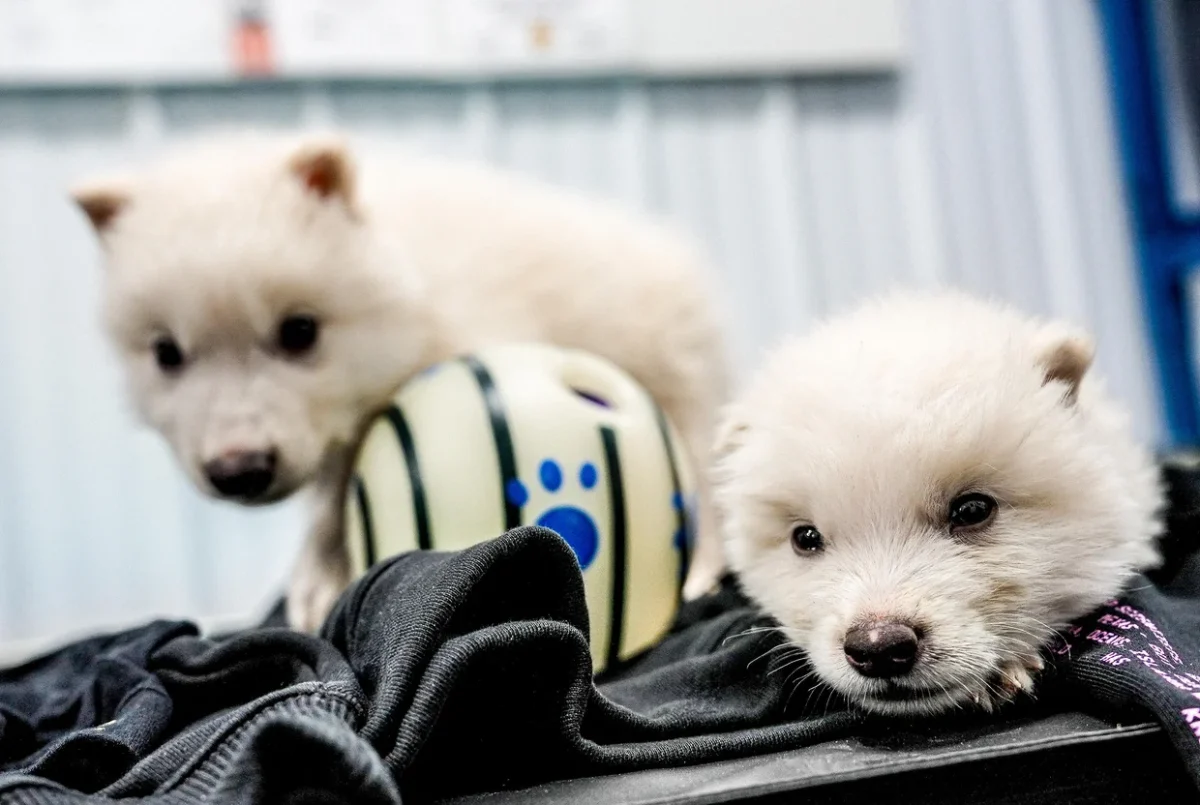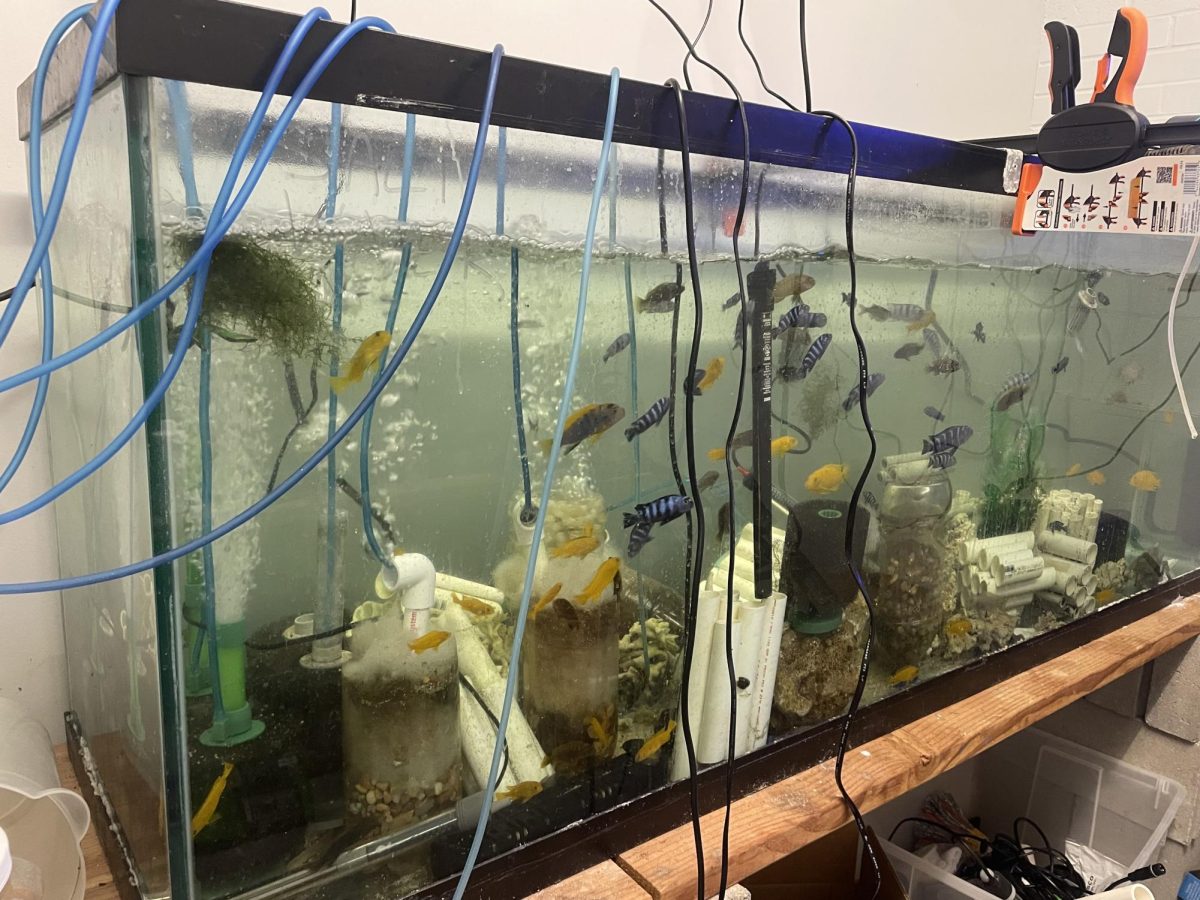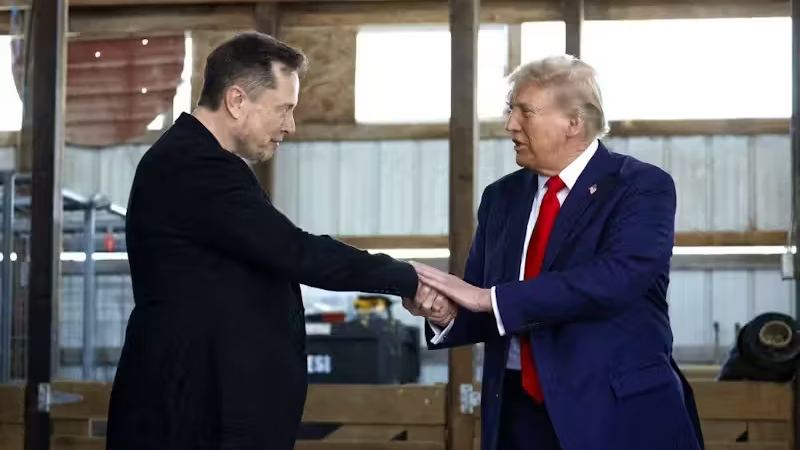The definition of extinction is a species, family, or other group of animals or plants having no living members, and is no longer in existence. But what if extinction wasn’t forever? De-extinction, also known as revivalism, was introduced in 2013 by the conservation group Revive & Restore, but has not had any significant breakthroughs until last October. This step forward in the industry has brought traction back to the idea driving this scientific movement. The process of bringing vanished species back to life using cutting edge technologies, once the stuff of science fiction is becoming a tangible reality. Among the most ambitious projects to date is the revival of the Dire Wolf(Canis dirus), a massive prehistoric predator that inhabited North America until around 10,000 years ago. Now, thanks to the efforts of researchers at Colossal Biosciences, dire wolves may once again stalk the Earth, at least in some form.
Once thought to be a close relative of today's gray wolf(Canis lupus), the largest species of wolf currently in existence, recent genetic studies show dire wolves were actually a distinct lineage that diverged over five million years ago. Powerful, social hunters, dire wolves weighed up to 150 pounds and thrived in Pleistocene-era ecosystems alongside saber-toothed cats and mammoths. Their extinction has long fascinated paleontologists and geneticists alike.
The Dallas based Colossal Biosciences claims it has now created live dire wolf proxies using advanced CRISPR gene editing. By comparing ancient dire wolf DNA with that of modern day wolves, the company says it has identified and reintroduced key genetic traits that recreate a close facsimile of the ancient predator. "We are not cloning dire wolves," said Ben Lamm, co-founder of Colossal, in a recent press release. "But we are using synthetic biology to create a functional equivalent—a living animal that can behave and thrive like a dire wolf did in the wild."
The revival process began with DNA fragments recovered from dire wolf fossils, including a 13,000 year old tooth and a 72,000 year old skull. These fossil fragments were sequenced and compared to the genomes of modern wolves, in particular the gray wolf and coyotes. This work resulted in pops that Colossal says “express significant anatomical and physiological traits of the extinct species." This advancement in the de-extinction movement has given geneticists and evolutionary biologists an optimistic view of the future of this science.
Even though this seems like a huge breakthrough many scientists remain skeptical about the completeness of these recreations. Dr. Beth Shapiro, an evolutionary biologist at UC Santa Cruz and the author of How to Clone a Mammoth, states “There’s a huge difference between editing a few genes and resurrecting a true extinct species.” Dr. Shapiro says this means “You’re not bringing back the dire wolf. You’re making a modified modern animal that behaves like one. That distinction matters.”
Why bring back the dead though? The goals of de-extinction are multifaceted; scientists argue that revived species can help restore ecological balance, act as keystone predators, and even reverse biodiversity loss caused by human activity. For the dire wolf in particular, some conservationists hope that a reintroduction could help control overpopulated herbivores and rebalance ecosystems in North America. Other scientists question whether modern ecosystems can accommodate these ancient predators. "We don’t live in the Ice Age anymore," wrote Marina Bolotnikova in her article These fluffy white wolves explain everything wrong with bringing back extinct animals. "What’s the point of spending millions to create a high-tech ghost of a species, only to release it into a world that no longer needs it?"
While the technology used to bring back the dead is impressive, critics raise ethical and ecological concerns. Questions like what if the revived species doesn’t behave as expected? What if it disrupts ecosystems or suffers in them? “The risk is that we’re creating animals who have no place in today’s world,” said Dr. Tori Herridge, a paleontologist and bioethics advisor. “They didn’t evolve in today’s climate, with today’s diseases and species interactions. It could be cruel to them and dangerous for us.” Furthermore this science doesn’t address the issue of why species are going extinct in the first place, if anything promoting non-action because they are able to now revive species.
As of now in April 2025, Colossal claims that several dire wolf pups have been born and are undergoing observation in secure habitats. There has been no announcements of reintroducing them to the wild yet. Along with the dire wolf Colossal is working to revive the woolly mammoth. “This isn’t just about the past—it’s about the future,” said Lamm, a leader in the new biotech frontier. “De-extinction can help us repair what’s been broken.”








